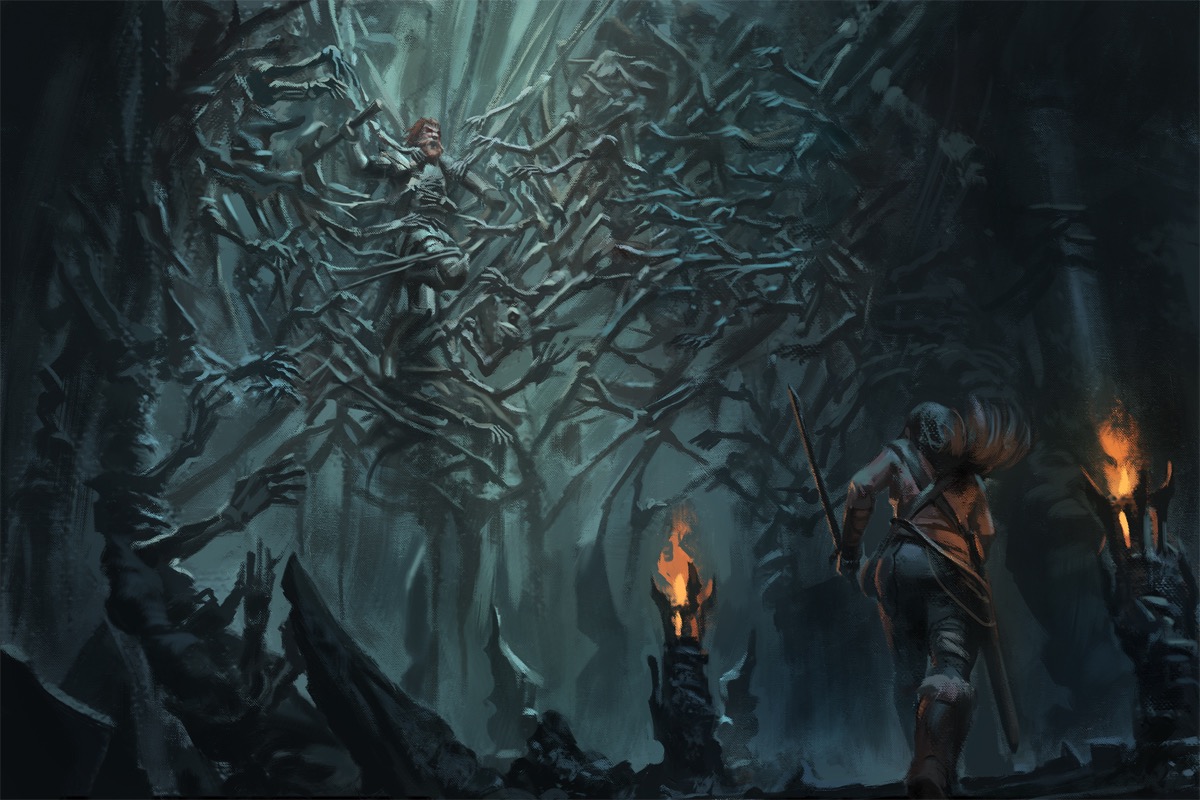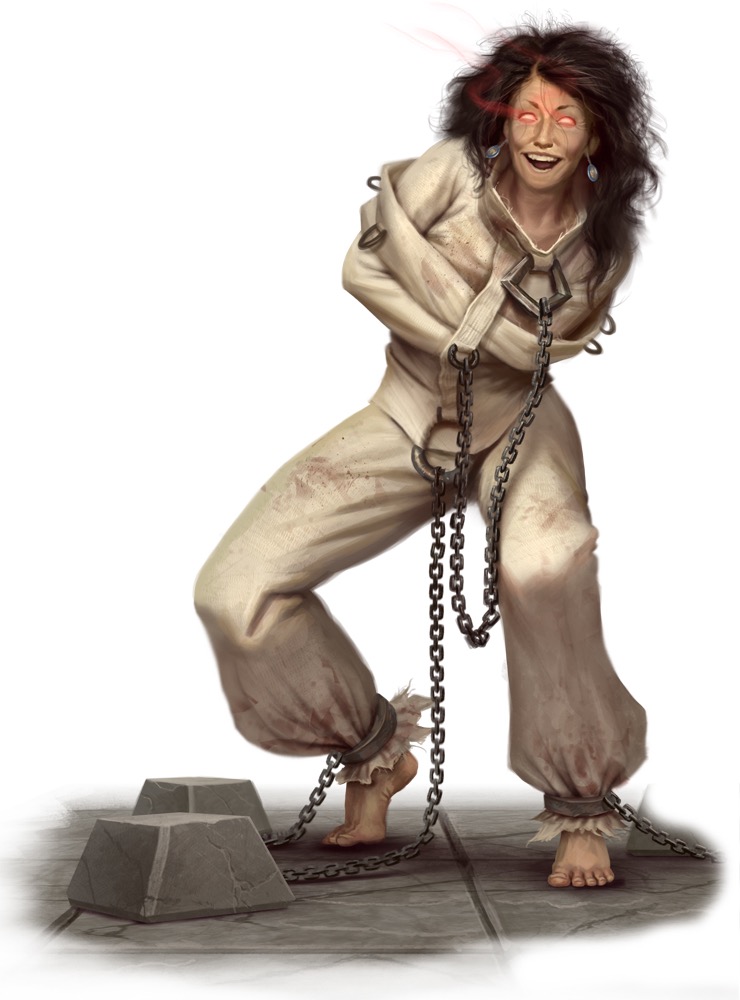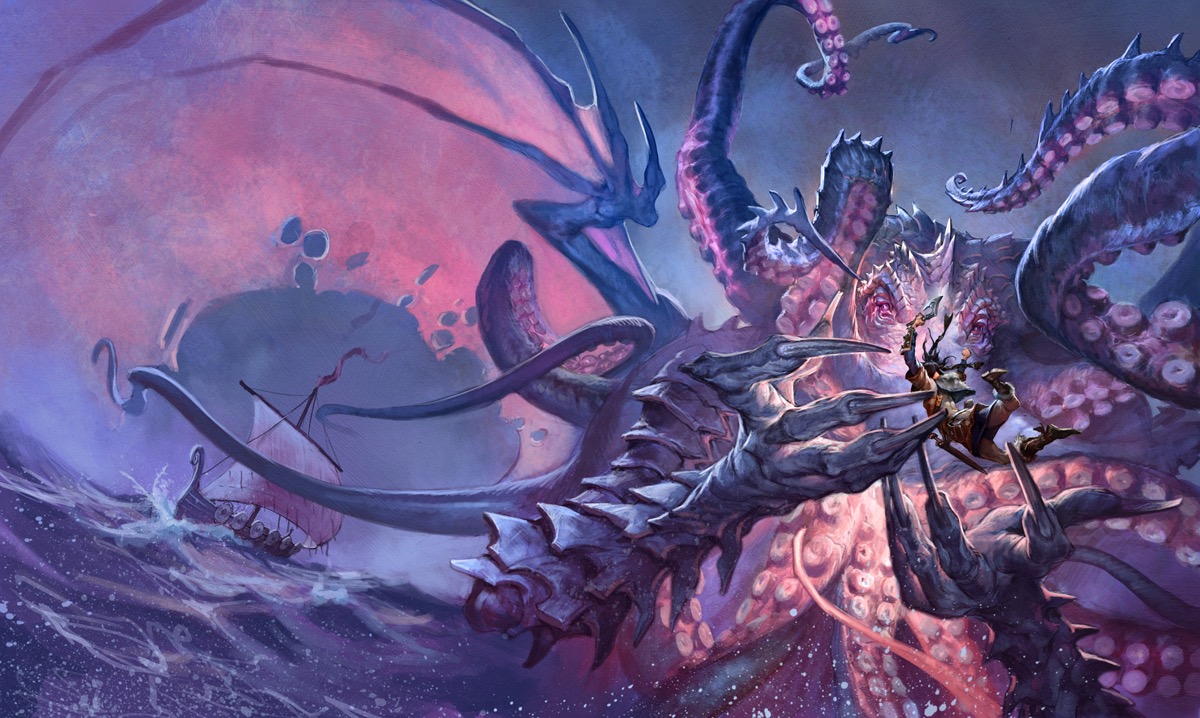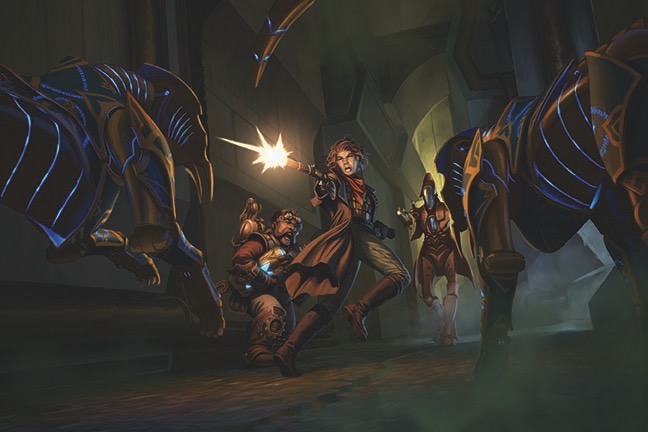You may have a few questions after the last time you visited. Questions such as “will there be more rules to flesh out dreamscapes?” and “are we getting the update quicker than the three months it took last time?” as perhaps even “are these increasingly abstract intros a sign of the author’s mounting disinterest with reality?” and rest assured that the answer to all of these questions and more is a resounding Yes. In fact, let’s get right on to that dream update.
Hello and welcome to Eldritch Excursion, the blog that takes personal responsibility for obliterating the Stormwind Fallacy with its exploration of the intersection between mechanics and flavor. And if you don’t know what that means, then it’s further proof that I’ve done my job. You’re welcome.
Dreamforging 101 and a Half
Continuing from the last Eldritch Excursion, we have additional options for characters who are capable of basic dreamforging, as well as a means of gaining access to the ability. Any character with basic dreamforging access to the Mold Dream activity.
Mold Dream
(Concentrate) (Dreamforging) (Exploration)
You take an active role in diverting the flow of the dream, be it through active subversion or raw force of will. Roll a Dream Lore or Occultism check against the dreamer’s Will DC. You may instead roll one of the associated skills of the current type of dream. If you do not know the type of dream, you may choose a skill based on your best assumptions, but using an incorrect skill means that the result cannot be higher than a failure.
If two creatures working in tandem succeed their rolls, they may combine their results into a single critical success.
If multiple creatures are working towards different goals, count only the highest result. In the case of a tie, the dream instead becomes a nonsense dream as the conflicting dreamscapes merge into a catastrophic mess.
Critical Success You manage to overwhelm the will of the dreamer with your own, smoothly transitioning the dreamscape’s atmosphere and function. You may change the type of dream from one type to another.
Success You succeed in altering the dreamscape. If the dream is a nonsense dream, you change the type of dream to any other type. Otherwise, you break the dreamscape down into a malleable nonsense dream.
Failure You fail to manipulate the dream in a meaningful way.
Critical Failure You are overwhelmed by the will of the dreamer and become stupefied 1 for the duration of the dream. Each consecutive critical failure increases the stupefied value by 1.
If I was working with a larger format, I’d consider writing up few spells and class feats to grant the power of dream manipulation. But for now, let’s add some baseline accessibility.
Dream Weaver Feat 2
(General) (Skill)
Prerequisites Expert in Occultism
Through gaining a greater understanding of the dreaming state, you have learned to weave the dreamscape as you desire. You are able to use basic dreamforging while inside the dreams of other creatures.
Dream Exploration
Navigating the dreamscape can be a surreal experience, and GMs are encouraged to really lean into their descriptions. Since this is a literal theatre of the mind, it’s possible to generate just about anything. Implement a battlefield where normally mortal wounds instead result in reversing the victim’s personal gravity. Describe a strangely peaceful land where grasping fingers of silken skin grow instead of grass. Or make the dreamscape into a realm where the sky is replaced by an incomprehensibly massive version of your own face looking down on you, and if you look up to meet your own gaze, you suddenly notice a miniaturized version of that same realm sitting in your palm, with a miniaturized version of yourself looking back up at you.
Likewise, feel free to elaborate on the dream’s Key. As this represents the pillar of the dream’s existence, it should gain some kind of ostentation or thematic importance. This is a wonderful way to reintroduce the dreamer as a character by showing some kind of inner self-reflection that can tell you more about them just by its appearance. It can also allow some interesting interactions with the PCs. Does it look at them as hostile invaders, demanding they leave them in peace? Does it treat them as welcome guests? If visitors tell the Key that it’s part of a dream, does the dreamer become temporarily lucid? These are all things for the GM to consider.
Exploring dreams for the purpose of learning more about the dreamer is an adventure in its own right. The GM is encouraged to create scenarios to challenge the players, with entire dungeons or explorable cities to represent the complexities of the dreamer. They may engage in an elaborate heist to learn some deeply held secret of a business rival, serve as guards in their master’s mindscape to protect them from psychic assassins, or even ease a friend’s pain by engaging in physical combat with a manifestation of their past trauma. The general theme of the adventure and the means in which the party succeeds at their goal (and if it’s even possible) are usually influenced by the type of dream they’re in, but don’t be afraid to go off the rails when it suits you. In general, each ‘scene’ in the dreamscape is worth one phase of the three phases of dreaming, but the deepest secrets and greatest treasures may take multiple phases or even multiple dreams to discover.
If you’re still looking for ways to write and flavor dreamscape adventures. There are some well known sources of inspiration that I would strongly recommend for consideration. Heck, the later of the three is what inspired me to write this whole set of mechanics! Search for inspiration wherever you can, and you may find some surreal action or good old fashioned psychedelic body horror to perk up your muse. And as one more nugget of inspiration, let me drop a few potential plot hooks to inject into your homebrew or even use as a springboard for a dreaming-based campaign.
Madam Aravasi (Elite Succubus) has grown tired of the pleasures of mundane flesh and has since learned to harvest the dreams of her lovers of sustenance. She even claims to know how to capture these dreams and transmute them into valuable elixirs. She’ll willing to offer a few in exchange for a taste of the party’s dreams.
Jorvan Helmagar (dwarven cleric of Desna) has discovered a terrible outbreak of contagious nightmares that erode the victim’s sanity. Worse yet, after one week of eroding sanity, their infected psyches birth horrific aberrations into the real world. He needs the party to help him find the source and end it for good.
The Coven of the Night’s Veil has heard rumors that a certain village has been harboring a prophetic dreamer. These hags are using foul magic to remotely invade the dreams of its occupants, and their reckless methods of investigation have left the villagers in a zombielike state of insomnia. If the notoriously reclusive coven is making such a bold move, it must be a very potent dream.
And with three articles, I’m declaring this starter pack of dream mechanics officially complete. Yes, as the name “basic dreamforging” implies, there’s plenty more to write. However, I’m going to shelve the idea for now and maybe revisit it in the future. Come back next time when I talk about the importance of stylishly dressing your murderhobo.







